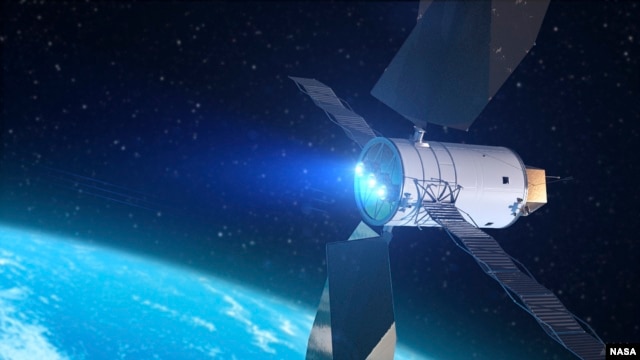- Jul 10, 2004
- 24,526
- 16,976
- 1,405
NASA says it will begin work on an ambitious mission to capture a near-Earth asteroid and bring it to a stable orbit in the Earth-moon system as part of the agency's overall $17.7 billion agenda for the coming year.
The budget request for fiscal year 2014, unveiled on Wednesday, also aims to get U.S. astronauts back to flying on U.S.-based spaceships by 2017, launch the $8.8 billion James Webb Space Telescope by 2018 and send another rover to Mars by 2020.
The proposed budget is about $50 million less than the amount sought a year ago, but about $1 billion more than the agency's current spending plan. Billions of dollars would be set aside to continue operations on the International Space Station, keep up the work on interplanetary missions, expand the nation's network of Earth-observing satellites and upgrade aerospace technologies. However, the headline-grabber in the budget is the asteroid retrieval mission, which is budgeted for $105 million in spending during the fiscal year beginning in September.
"This mission represents an unprecedented technological feat that will lead to new scientific discoveries and technological capabilities and help protect our home planet," NASA Administrator Charles Bolden said in a statement accompanying the budget request.
NASA touts plan to grab asteroid as 'unprecedented technological feat' - Cosmic Log
The budget request for fiscal year 2014, unveiled on Wednesday, also aims to get U.S. astronauts back to flying on U.S.-based spaceships by 2017, launch the $8.8 billion James Webb Space Telescope by 2018 and send another rover to Mars by 2020.
The proposed budget is about $50 million less than the amount sought a year ago, but about $1 billion more than the agency's current spending plan. Billions of dollars would be set aside to continue operations on the International Space Station, keep up the work on interplanetary missions, expand the nation's network of Earth-observing satellites and upgrade aerospace technologies. However, the headline-grabber in the budget is the asteroid retrieval mission, which is budgeted for $105 million in spending during the fiscal year beginning in September.
"This mission represents an unprecedented technological feat that will lead to new scientific discoveries and technological capabilities and help protect our home planet," NASA Administrator Charles Bolden said in a statement accompanying the budget request.
NASA touts plan to grab asteroid as 'unprecedented technological feat' - Cosmic Log



